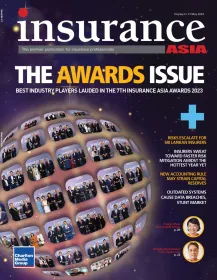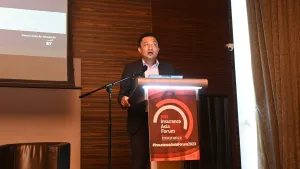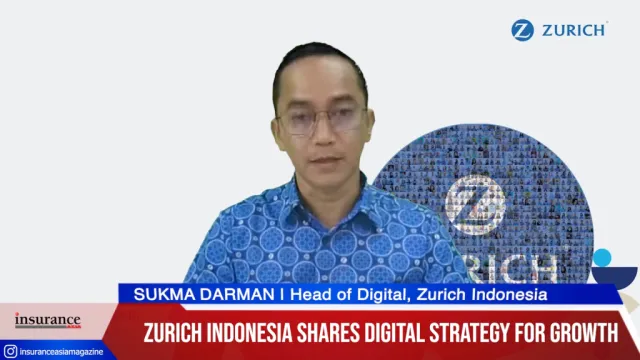The future of insurance in a digital world
By Raj Juta and Matthew IvesDisruptive innovation is amongst the most referenced but least predictable trends to impact the insurance industry in a generation and it remains a pervasive challenge for many in this regulated industry. When surveying the insurance landscape across Asia, three key trends continue to play a significant role, leading innovations in theinsurer’s value chain.
Digital is here to stay
A digital revolution is coming. Some would argue that it has already arrived but what remains to be seen is how quickly insurers across Asia will move away from traditional business models and how effectively they can persuade customers to share more and more personal data, trusting that it will be safe.
Spurred on by a wave of new technology, and buoyed by the success in other industries, insurers are exploring new, differentiated distribution channels as well as creating opportunities to streamline the insurance value chain. This will continue to provide established insurers and new players with a route away from the traditional advisor led model.
In Asia, digital revolution has the potential to change the industry dynamic further, acting as a differentiator for direct business with a large, young and technology savvy population demanding easier access to insurance products and a more holistic relationship with insurers. The digital revolution presents significant opportunities for insurers seeking growth; however, at the same time, it presents a potential risk, as insurers attempt to offer new products for which they have little claims experience.
Regulation: change on the horizon
One of the key challenges facing the insurers as they look to maximise the benefits derived from disruptive technologies is that regulators are trying to guard against offerings that include involuntary or even hidden features whilst seeking to welcome the consumer’s right to choose. Giving consumers the option to save money or improve their awareness of their driving habits, for example, by allowing auto insurance consumers to pay for only what they use by voluntarily having their driving monitored with in-car devices that track critical metrics such as speed and mileage represents a consumer-led decision.
However, this warrants sensitive discussion as insurers leverage the power of big data and predictive analytics to write policies. Setting rates based on lifestyle factors such as diet, exercise habits and daily activity which can then be used to more accurately price policies poses important questions about privacy and discrimination.
Another growing trend that will lead to a fundamental shift in the way insurers operate are the requirements laid out in IFRS4 Phase II. The pace with which insurers build their understanding of the scale of impactthat IFRS 4 Phase II will have on their business is expected to accelerate in 2016.
The proposals put forward by the International Accounting Standards Board (IASB) aim to improve financial reporting by providing more transparent, comparable information and will result in significant changes for insurance contracts. IFRS 4 Phase II represents many challenges and opportunities for insurers and early preparation will become an essential component for a successful transition into this brave new world.
Do you feel threatened?
Cyber security presents a threat to all industries and insurance is no different. Cyber-attacks against insurance companies are only likely to increase and have already proven costly for both brand and bottom line. Data held by insurers represents a trove of personal and sensitive data about their customers and the threat from would-be intruders is constantly evolving and difficult to manage.
The future of insurance is moving towards creating a customercentric view which presents an underlying challenge to those charged with mitigating the risks posed by both internal and external cyber threats. Achieving the right balance between protecting themselves whilst, at the same time, making new and existing customers feel welcome will signal how well insurers are able to navigate the choppy waters ahead. Insurers can also look to the increasing demand for cyber-attack insurance, expanding their product offerings, to provide some protection against the storm.
As insurance becomes more personalised, as policies and premiums become highly customised, it could become a key battleground for incumbents in the insurance market to transform their operating models, evolving from traditional organisational design, in order to keep up with the pace of change.












 Advertise
Advertise












